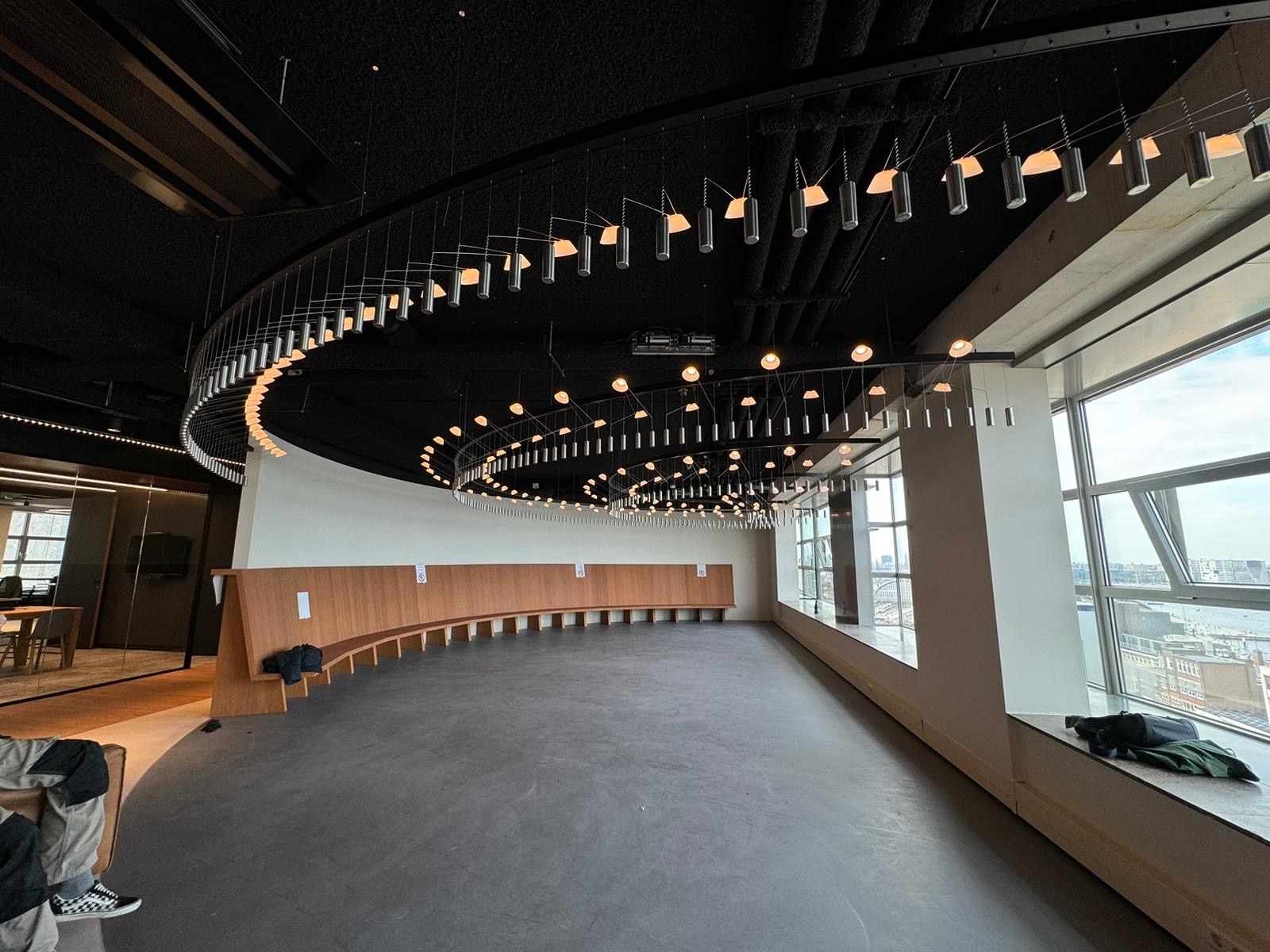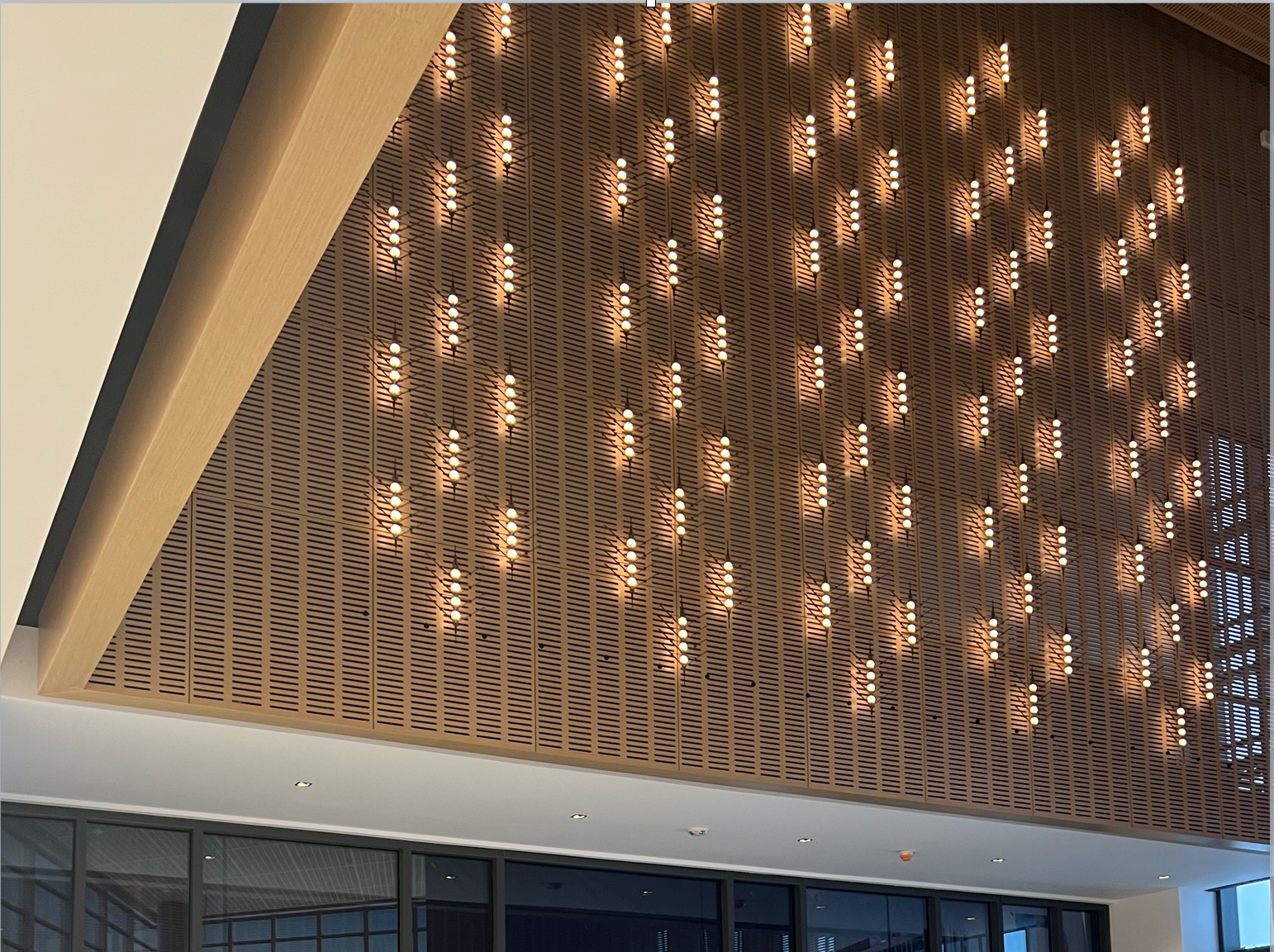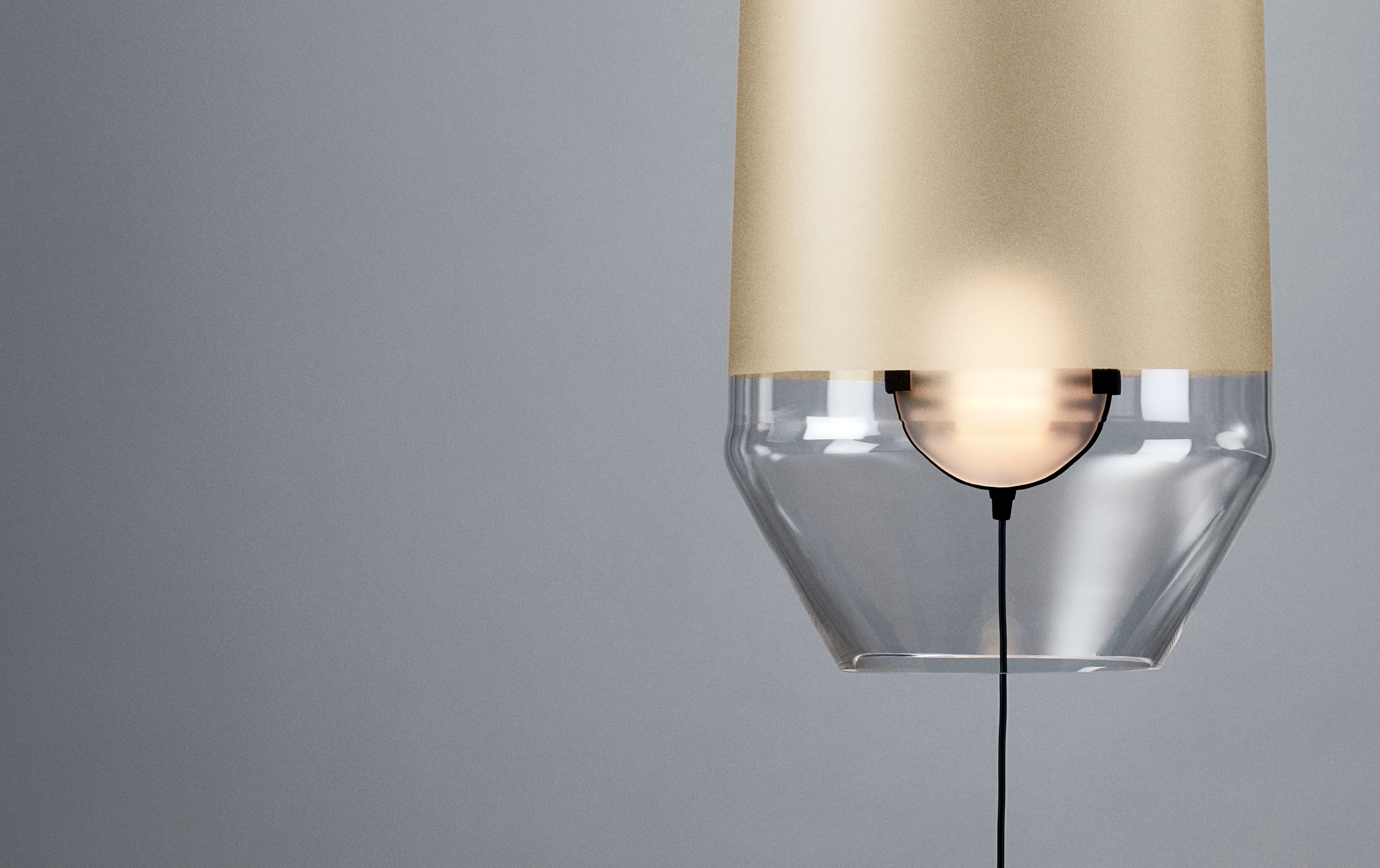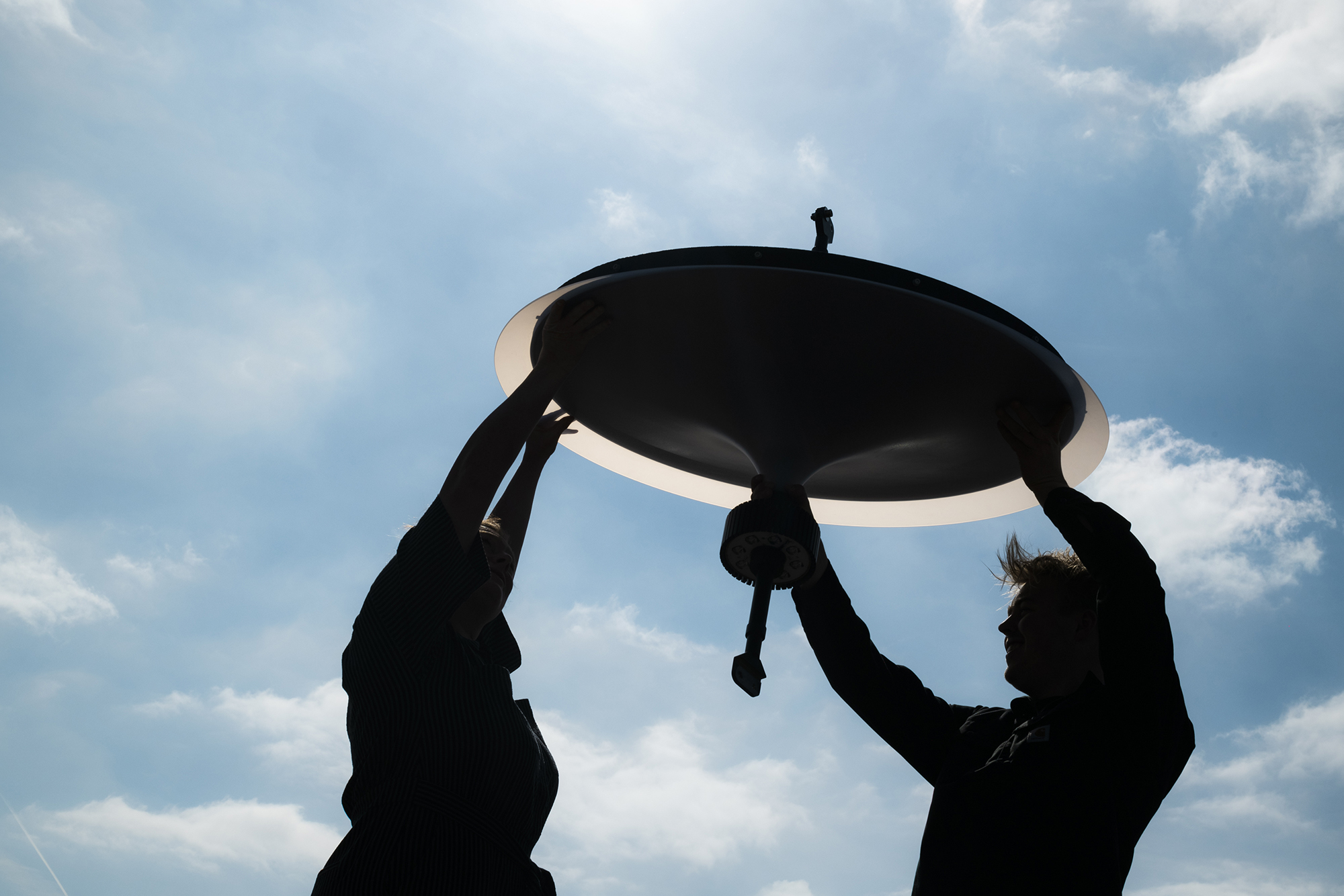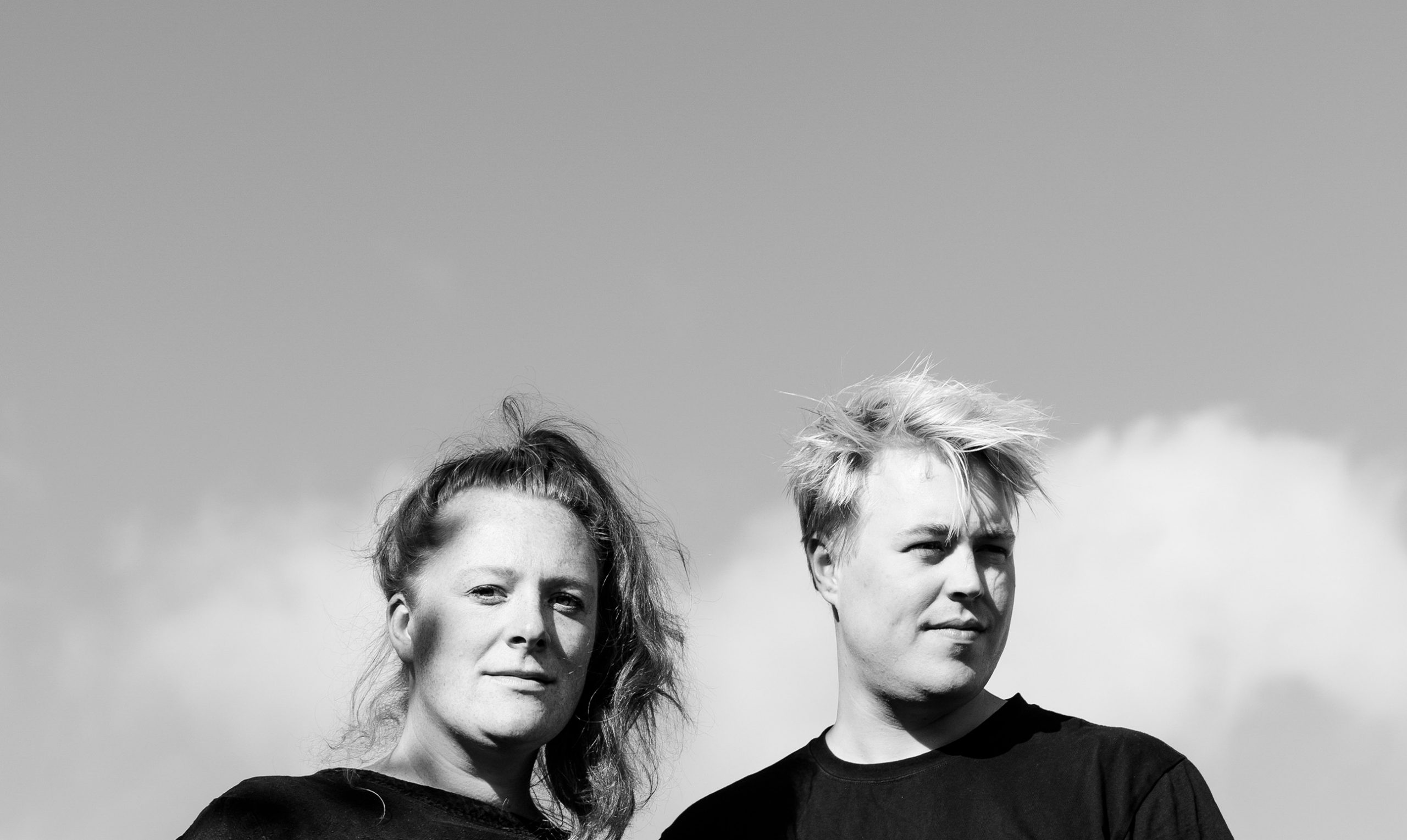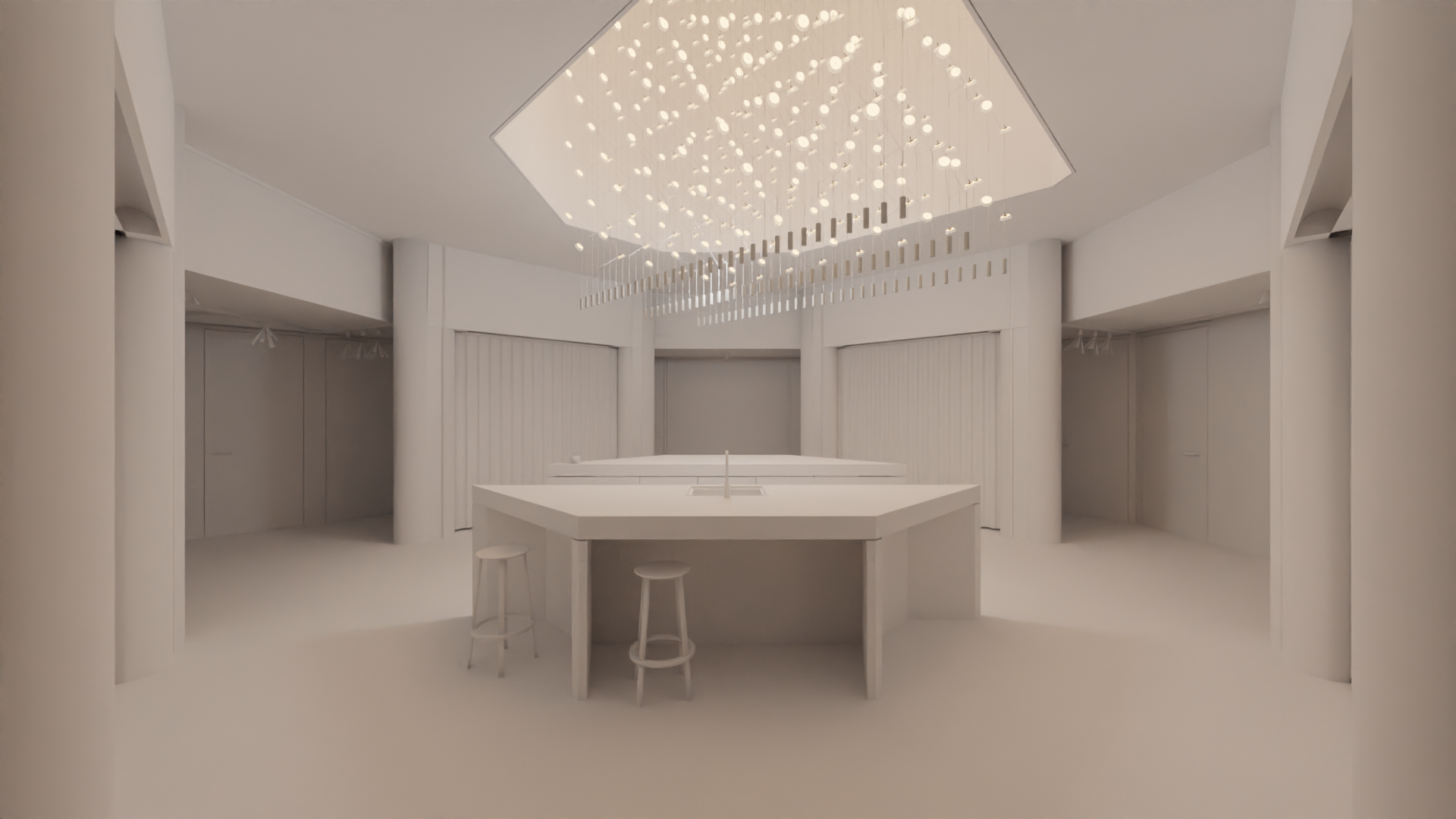Labs
Welcome to the world of VANTOT, a place where curiosity and experimentation form the basis for refreshing designs that resonate throughout the world.
Our work integrates technology in an often-playful way, balances between the functional and the provocative, and reflects the rich industrial heritage of the Eindhoven region. All with a definite human touch.
We love turning ideas, explorations and concepts into prototypes and even short production runs ourselves. We also deeply value collaborating, and tapping into the expertise of others to bring what we are doing to an even higher level. It therefore helps that we’re located in a former industrial facility surrounded by a fascinating mix of creatives, specialists, thinkers, craftspeople, makers and ground-shakers.

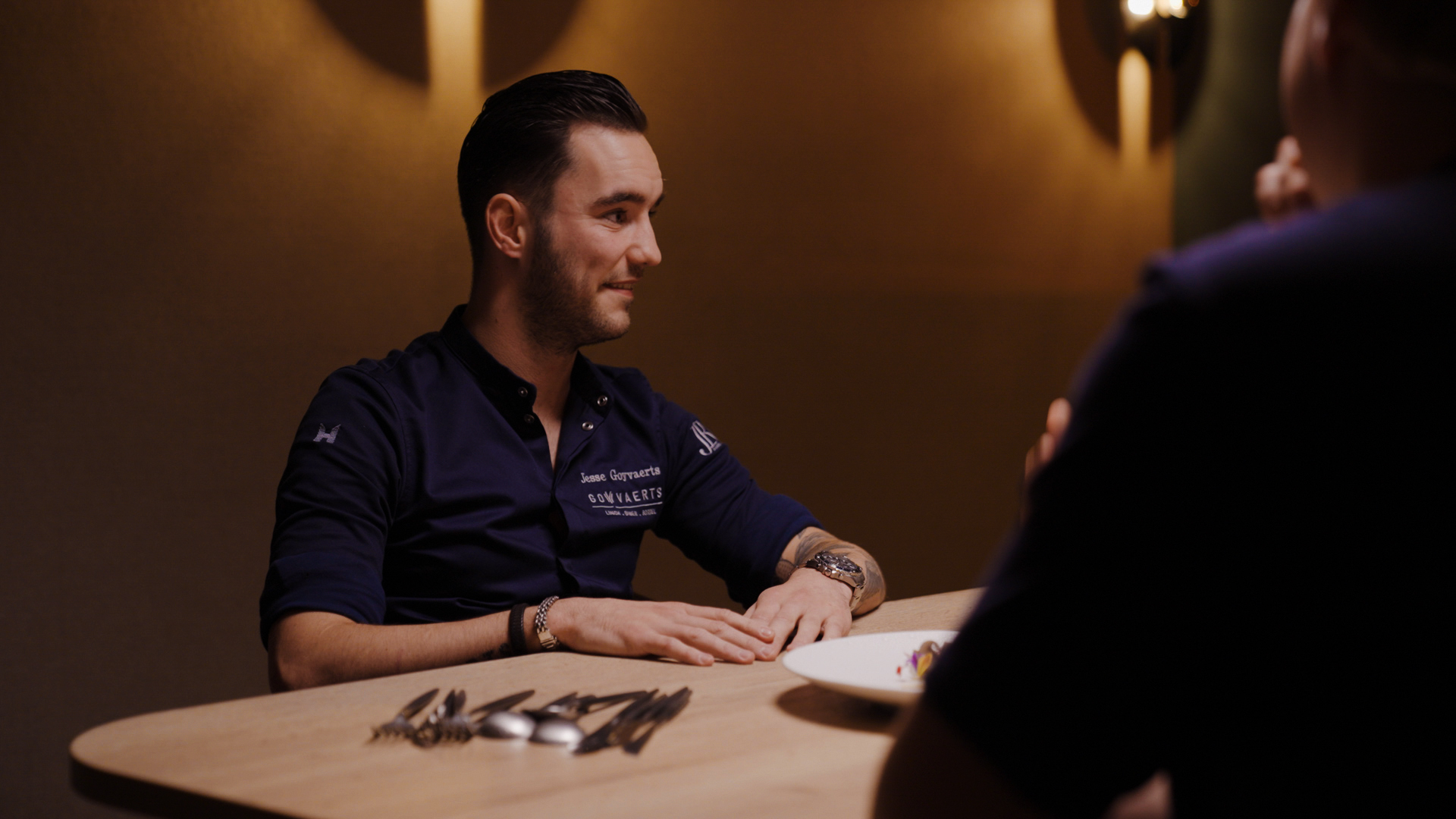

2021
Hungry for Design
Innovation occurs at the intersection of disciplines. So, what happens when you bring the worlds of gastronomy and design together? In the second season of Hungry for Design, Eindhoven’s top chefs and local designers uncover and combine their ‘design’ methods to create a new and innovative dish.
Viewers get a look behind the scenes in the studios of the designers and the chefs’kitchens. The chef visits the design studio, and the designer joins the chef in their kitchen. Each duo joins moderator Mounir Toub at the table for a tasty conversation about their creation. The goal of Hungry for Design is to introduce the viewer to Eindhoven-based designers and chefs in an accessible way and entice them to visit the designers’ studios (during DDW) or the chefs’ restaurants.
Hungry for Design: season 2
Every idea is researched, developed, crafted and tested in our very own workshop before being produced.
Photos by Lieve van de Ven
2021
V-V-V
Kazerne, Eindhoven, NL
photos by Ronald Smits
2021



Glassblowing in Czech Republic.
All products are made in Europe with the highest quality. We want to contribute to better surroundings in the first place so we keep our suppliers close by. Czech Republic, a centralized location in Europe with a rich history regarding glassblowing and sufficient resources, has become our choice of manufacturing our glass collections such as out Limpid Lights.
Czech glassmakers perfected their craft skills throughout the middle-ages and this also applied to the raw material they worked with. Because of technological improvements, Czech glass became a highly demanded commodity in the transalpine Renaissance. Due to the quality and development, Czech glass fairly maintained its position until this day.
2020


2020
V-V-V
Paris, France
Private living
CUSTOMIZED COLOURS
For our satin glass collections such as the Limpid Lights we developed a technique for glass colouring. This makes it possible to colour our glass to the colour of your wishes. This is a non-lightblocking application, the coloured glass will light up brilliantly.
We provide samples to help our customers choose the right colour that most suitable to their desires.
Though not every colour is possible, there are endless possibilities, which gives us the freedom to create unique lighting together in different approaches. Get in contact for more info. info@vantot.com
Photography : Pim Top
2019


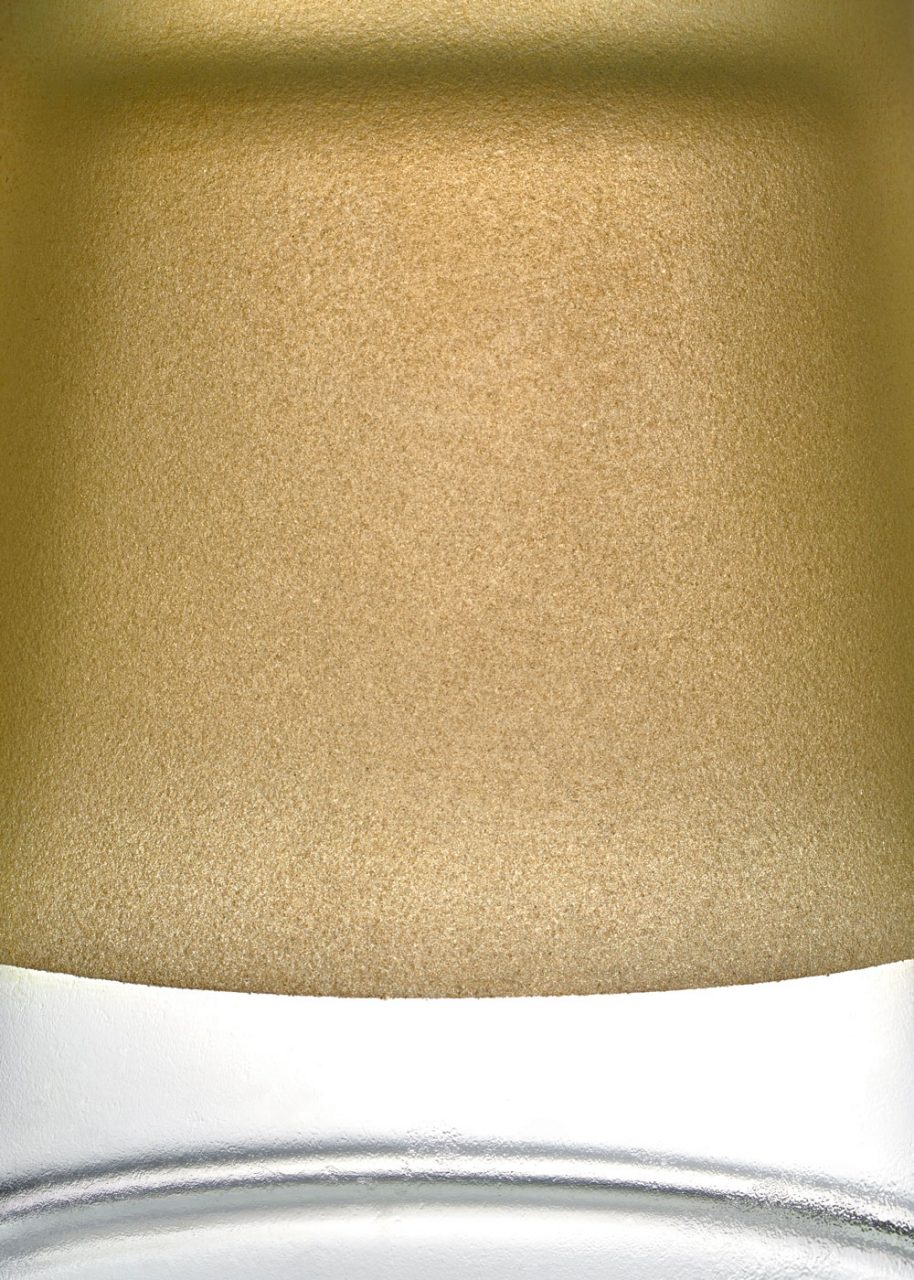
2019
TANGLED-UP
Tangled-up comes in the following colours: Silver, Gold, Red, Blue and Black
V-V-V
Restaurant Benz
Eindhoven, The Netherlands
2019


2019
Limpid Light
Amsterdam, the Netherlands
At a private client
THE EPICENTRE OF INTELLIGENCE
“Being located in what’s been described as the ‘smartest region in the world’ has certainly helped shape what we do. Many worlds intersect here in Eindhoven, for example (industrial) design, manufacturing and technology. Sharing knowledge and ideas – open innovation – is a big thing too. There are a lot of brilliant, inspirational people around us, and we are constantly collaborating with many of them.
We also enjoy working with experts further afield. As an example, some of our lamps contain glass blown in the Czech Republic. That expertise has been there for hundreds of years. It’s a privilege to learn from craftspeople like that.”
2019

ROYAL VISIT
We had the real honour of welcoming His Majesty King Willem-Alexander, in our Studio at Sectie C. Presenting him our latest work and an insight of what happens at Sectie-C on a regular day. Special thanks to the Dutch Design Foundation: Martijn, Marlies en Antoinette & our mayor John Jorritsma.
2019

TIME IS NOW – Tech & Texture
Dutch Design Week, Eindhoven.
Exhibition by Baars&Bloemhoff
2019


TABLESILVER
The Silvermuseum, Schoonhoven, The Netherlands.
What could be a contemporary interpretation of table silver? Silver; a valuable material used in many products back in the days. Anno 2019, the material is mostly used as a component of new electronic devices. Vantot, part of the Envisions collective, worked together with the Envisionairs Simone Post and Jeroen de Gruijter. We’ve been focussing on the great ability of silver to be one of the only materials that hardly loses quality by recycling it. Next to the fact that silver is an extremely good conductor, we created a new vision on “tablesilver” creating a minimalistic electrical “candle(holder)” running on only two mechanically extruded and formed silver wires, a LED and one lithium battery.
2019

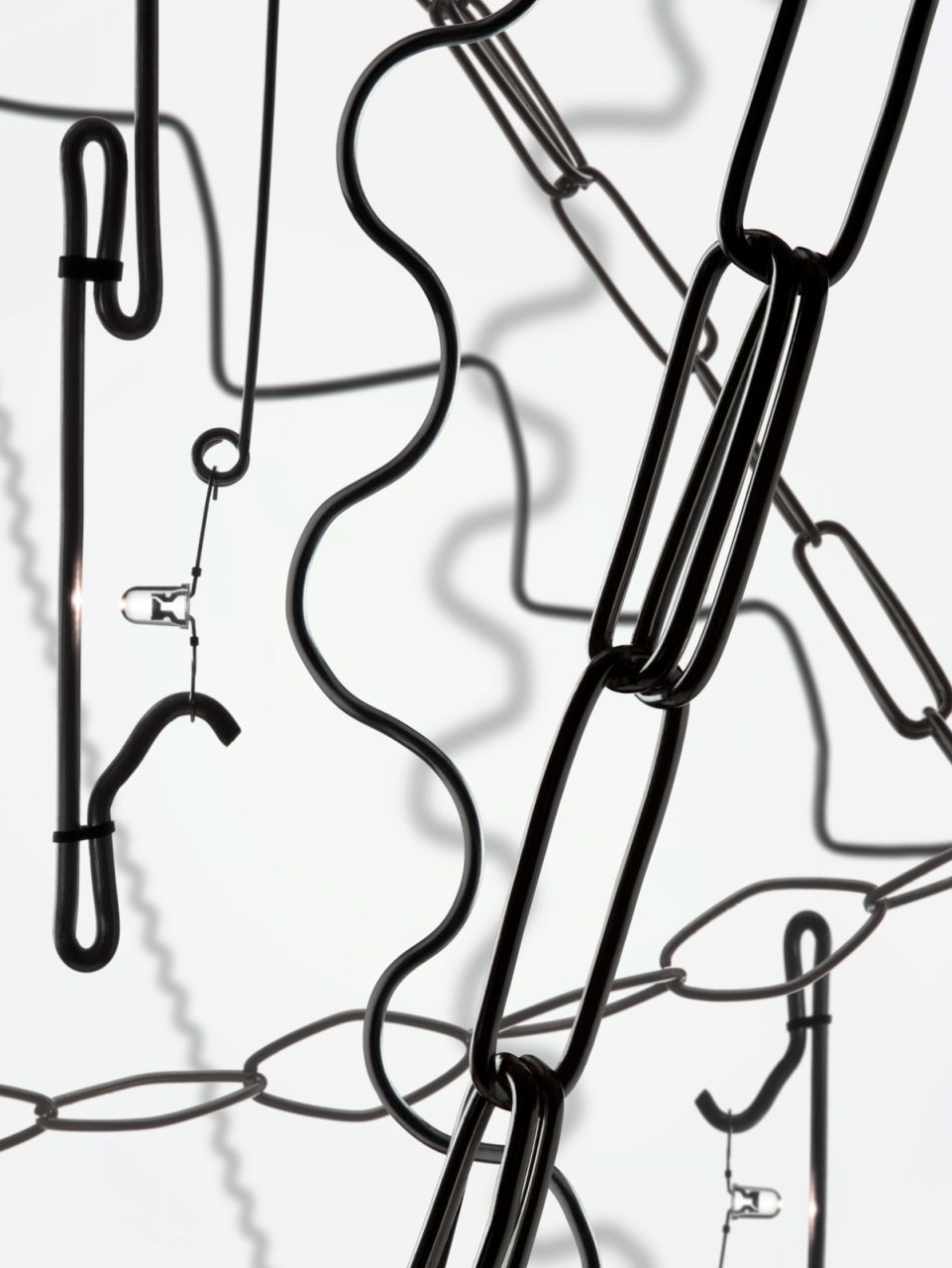
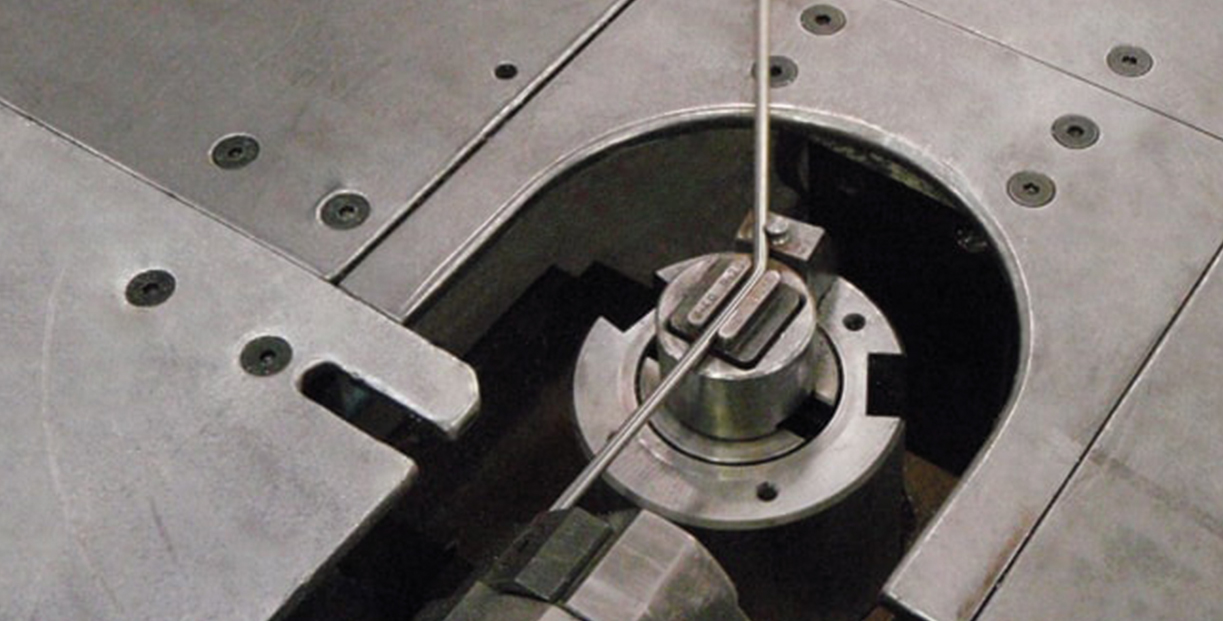
2018
GLASS
Our Limpid Lights are handblown in Czech Republic.

2018
MONO
Kazerne, Eindhoven
Dutch Design week 2018
SKY-HIGH BAR
After the succes in 2017 VANTOT hosted dinners again together with other Section C residents. This we didn’t open our studio, but we went Sky High, at Sectie’Cs bridge where you can oversee the terrain. We, the designers at Sectie-C and food artist Jasper Udink ten Cate, the Creative Chef, join hands in a tasty collaboration during the Dutch Design Week 2018. During this week, visitors could descend upon this spot where creatives open their workshops and studios for a sensory experience. In an intimate atmosphere, you got acquainted with the designers and their working methods while enjoying a special dinner amid sawing tables, welding machines and drills. The Creative Chef will provided an unforgettable food experience with special flavours and stories where all the senses will be stimulated. In addition, the designers of Sectie-C enhanced the experience with their stories, tests and samples.
2018



2018
STIMULATING IMAGINATIONS
“We enjoy triggering people. Our Limpid Lights are a good example. When people see one at first, they are curious. This generally turns to amazement once they discover the cord is to move the light source inside the lamp up and down, and not to switch the lamp on or off.
We’ve noticed the same initial reaction with our Cover Curtain at trade shows. It takes a while before people realise what it actually is.”

2018
LIMPID LIGHTS
Sydney, Australia
Gallery Spence & Lyda




2017
DINNER
VANTOT hosted the DDW Dinners together with Section C residents: Studio Plott, Meesterkox, Nacho Carbonell and Hal G. Visitors can descend upon this spot where creatives open their workshops and studios for a sensory experience. In an intimate atmosphere, you got acquainted with the designers and their working methods while enjoying a special dinner amid sawing tables, welding machines and drills. Pepijn Meijers, creative chef of PIPPENS and food designer Katinka Versendaal of food design studio The Eatelier prepare tasty dishes in their pop-up laboratory restaurant, combining product design and food design. Discover here how a dinner in 2050 might look like.
Limpid Light
Nieuw Vennep, The Netherlands
Private client
2017




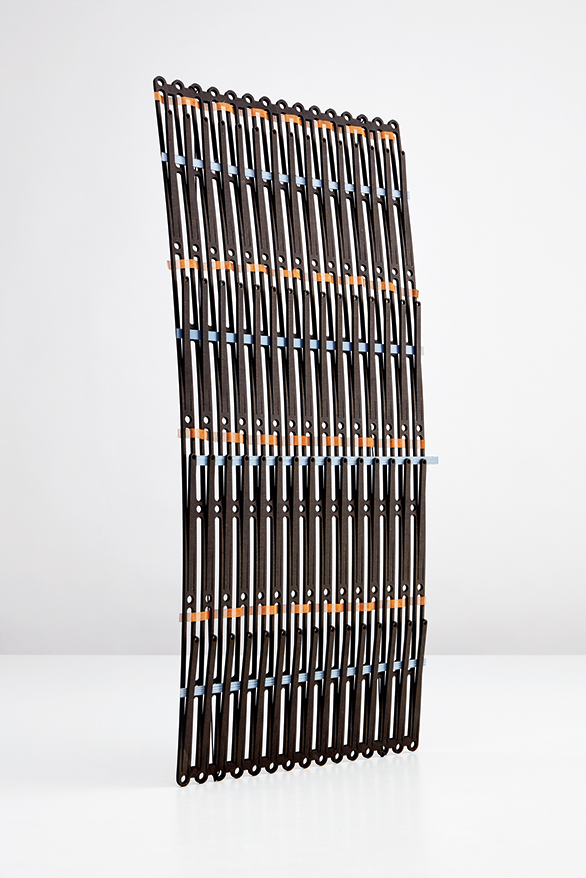

2017
WOOD IN PROCESS
We are part of the collective Envisions that showcases everything but the end product. Aiming to overthrow the usual boundaries in the design field, we base our working method on an unyielding affinity for the design process. With a keen eye for new opportunities, we strive to collaborate with companies that are interested in expanding the possibilities of their product and their conventional way of working.
Envisions reached out to Finsa, a wood manufacturer based in Santiago, Spain. As corporate companies often stick to the road of proven practices and clearly defined objectives, envisions felt to be a valuable asset to the manufacturer. Sharing this feeling, Finsa swung open its factory doors to envisions and all twelve, selected designers were invited to infiltrate Finsa’s production grounds and set free their individualised creativity. We’ve uncovered new applications and uses for Finsa’s complete range of materials, which includes chipboard, medium density fibreboard (MDF), veneer, melamine and even the raw product as printed paper, glues and inks. By tinkering with by-products and sheet materials as well as the manufacturer’s established techniques, the designers crafted twelve distinctive processes which showcase the pioneering potential of the unhindered imaginations of industry outsiders.
We, VANTOT, strive to find new applications for innovations in everyday life. Take electricity. Although light bulbs have been around for centuries, innovations – such as the rise of the LEDs – have made continuous evolution possible. And today, electronic devices operate on much lower voltages than ever before, significantly decreasing its hazardous aspects. While direct contact with electricity – and light – used to be a no go, recent developments illuminate completely new realms for the old technology. By embedding electronic paths into a multitude of surfaces, VANTOT redesigns the relationship between humans and electricity, especially in home environments. We think it can ben an interesting future perspective for Finsa to invest in embedding electricity path in their surfaces as a future market in stands, houses, etc.
CROSSING LINES
Textiel Factorij retraces the textile trade between India and the Netherlands and it’s influence on the Dutch textile colour, design, motives and patterns in the 17th and 18th century. During the 17th century there was a lively trade route between India and the Neth- erlands. Especially Gujarat and the Coromandel coast were important areas, where the Dutch East India Company (VOC) had set up trading posts and factories for the trade of cotton, indigo and silk.
By re-establishing connections between Dutch and Indian artists, designers and artisans, they collaboratively develop contemporary artwork and designs using century old craft techniques. In both countries, specific crafts are rapidly disappearing. By setting up a cross-cultural exchange with artisans, designers and artists from both countries, we examine how to preserve and manage this knowledge and make it accessible for use.
For the project ‘Crossing Lines’ in collaboration with the Textielfactorij we’ve been investigating in the qualities of the old handmade block-printing technique and the difference while using lasercutted blocks. The craftsmen got especially enthousiast by the correct sizes of the lasercutted ones, which made them print freely in all directions. We’ve been crossing lines, double lines and even tripled it in all directions.
2017





